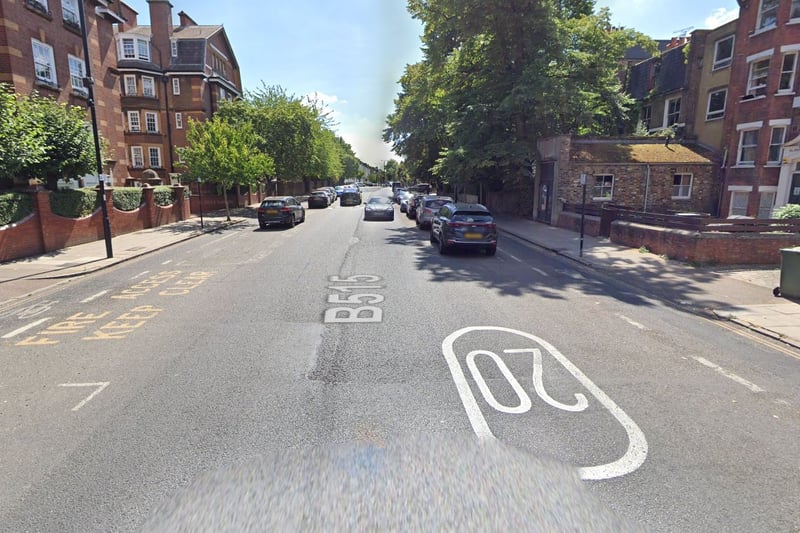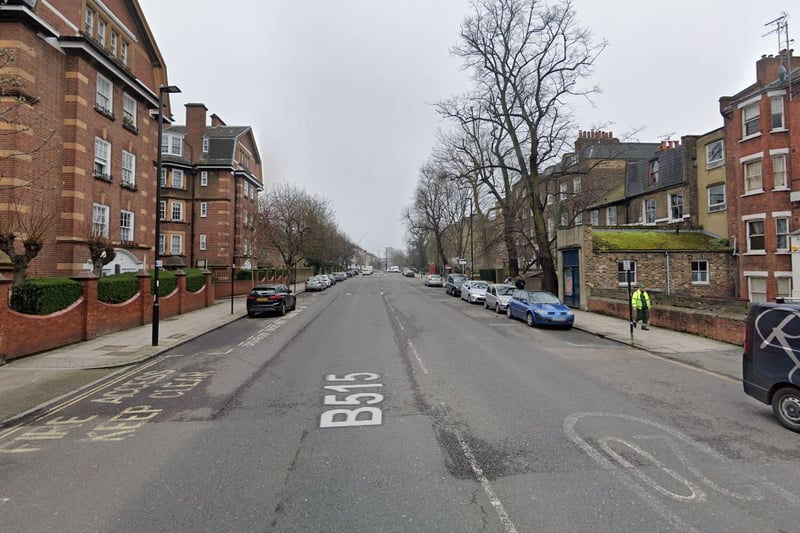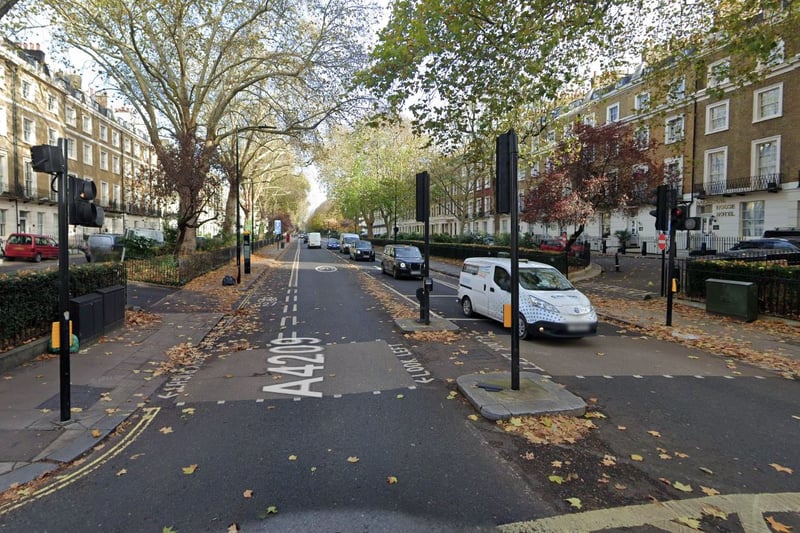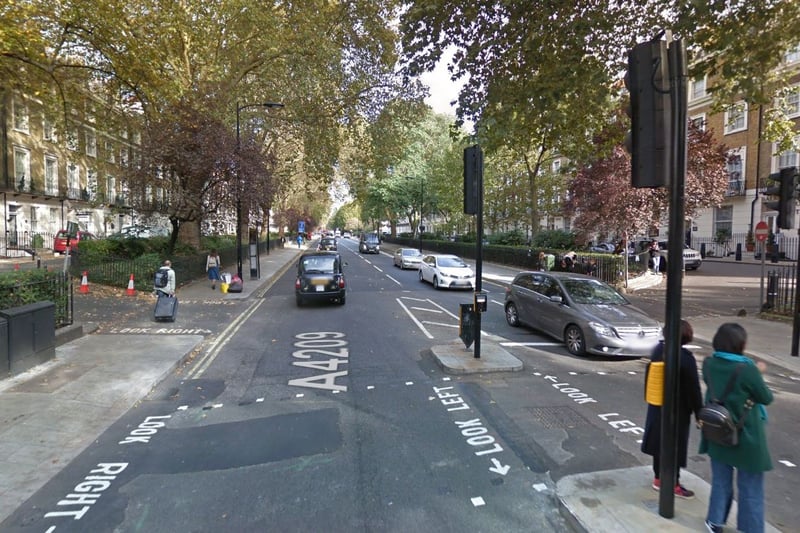Totalling almost 350km as of 2022, London’s cycleways have grown dramatically in recent years.
As reported by LondonWorld, the size of the capital’s network of cycleways grew by almost 290% in the six years between 2016 and 2022, up from 90km.
Three new cycleways were launched by Transport for London (TfL) in March, adding 10km of routes in Lambeth, Islington, City of London, Ealing and Hounslow, with 13.9km of either new or upgraded routes currently in construction.
On the city’s expanding cycling network Helen Cansick, TfL’s head of healthy streets investment, said: “Walking and cycling are vital to a sustainable transport network and we’re determined to make sure that everyone in London has access to the capital’s network of high-quality cycleways, which are suitable for everyone who wants to travel by bike. That’s why we’ve worked closely with boroughs across London to deliver record growth in the capital’s cycling network.”
While Simon Munk, campaigns manager at London Cycling Campaign, said there remains work to be done in areas such as adding further protected cycle tracks and linking up different routes, he described the recent growth as “vital” in getting more Londoner’s cycling.
To see how cycleways have changed the roads and infrastructure they occupy, we have collated images of several routes both before and after installation. Some roads have changed more than others.

1. Liverpool Road, August 2022.
Cycleway 38 runs from Finsbury Park down to Penton Street, taking in the majority of Liverpool Road. The route was first trialled by Islington Council in September 2020.

2. Liverpool Road, April 2018.

3. Sussex Gardens, November 2022.
Taken in Sussex Gardens, near Paddington, this photo shows part of Cycleway 27, running from East Acton all the way to Lower Clapton.

4. Sussex Gardens, October 2018.
